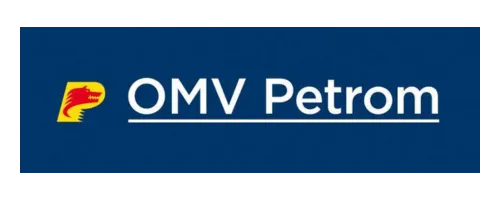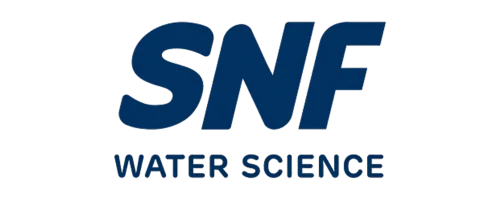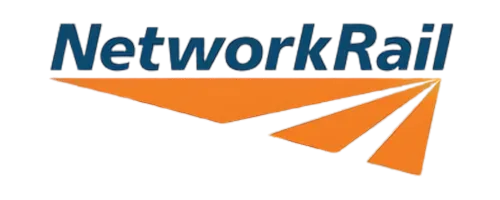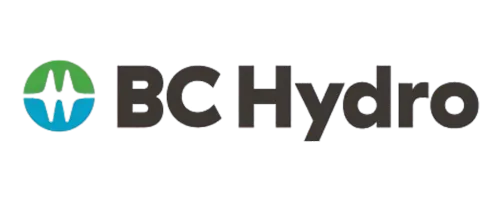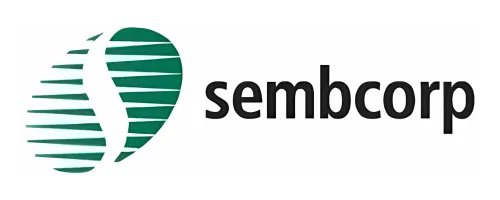The Five Safety Leadership Conversations Your Executive Team Should Hold Every Month
Well-run executive meetings are excellent at production targets and financials. They are often less effective at discussing how the organisation actually controls catastrophic risk. These five recurring conversations keep process safety leadership active at the top table and aligned with operations. They mirror a key theme: the active role of executive leadership in managing major hazards.
1) “Work as imagined” vs “work as done”
Bring one real task from the field each month and compare the procedure with the way crews achieve the outcome under time and plant realities. Capture gaps, not to assign blame, but to improve design, supervision, and information flow.
Signal to track: number of improvements to controls originating from frontline insights.
2) Barrier health and restoration velocity
Move past traffic-light lists. Discuss which critical barriers are impaired, how long restoration takes, and what trade-offs people make while waiting.
Signal to track: median time to restore a degraded barrier to full function.
3) Near-miss learning with teeth
Pick one near miss and review it as a board learning case. Focus on system conditions, not the last person to touch the equipment. Confirm that actions are closed and verified for effectiveness, not just completion.
Signal to track: percentage of learning-review actions evidenced as effective in the field.
4) Contractor and partner alignment
Major accidents often involve interfaces. Examine how contractors experience your culture, whether pre-job risk discussions are meaningful, and how information flows across organisational boundaries.
Signal to track: rate of contractor-raised concerns and the proportion resolved with feedback
provided.
5) Psychological safety and speaking up
Where people feel safe to raise concerns, weak signals surface earlier. Look for evidence of leaders modelling curiosity, asking open questions, and responding well to bad news.
Signal to track: observational scores of leadership safety conversations, not just site-visit counts.
A simple monthly agenda
10 minutes: frontline “work as done” showcase
15 minutes: barrier status and restoration velocity
15 minutes: near-miss learning review update
10 minutes: contractor interface spotlight
10 minutes: leadership behaviour evidence and commitments
How Premier Safety Associates Can Help
We design and facilitate executive-level sessions and tailored education that embed these conversations into your governance rhythm, aligned to your regulatory context and strategy. Book Your Complimentary Consultation






